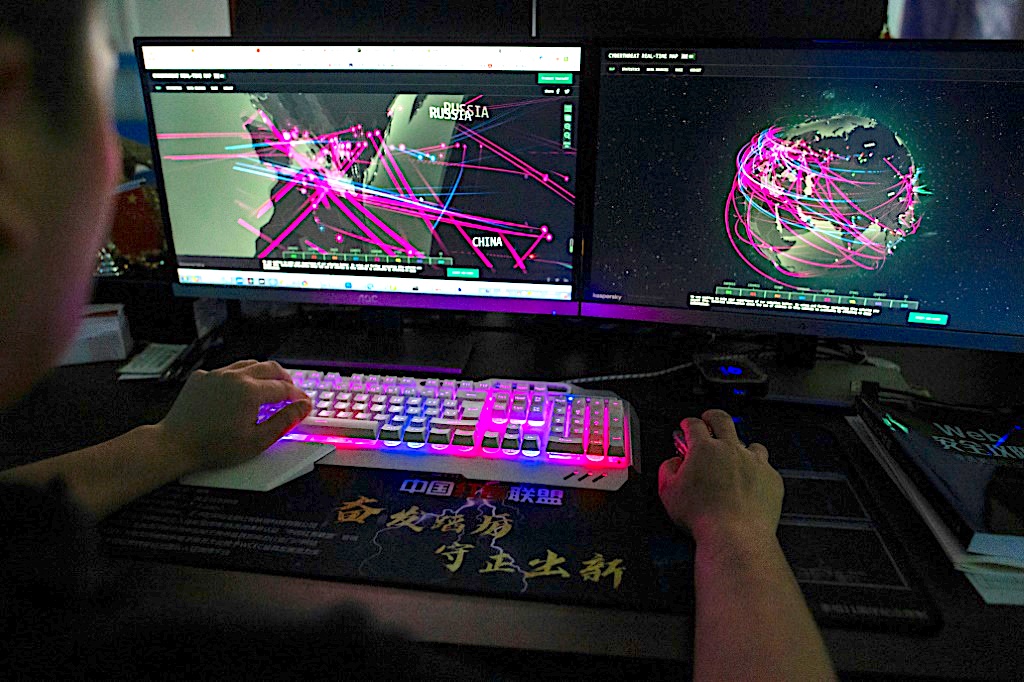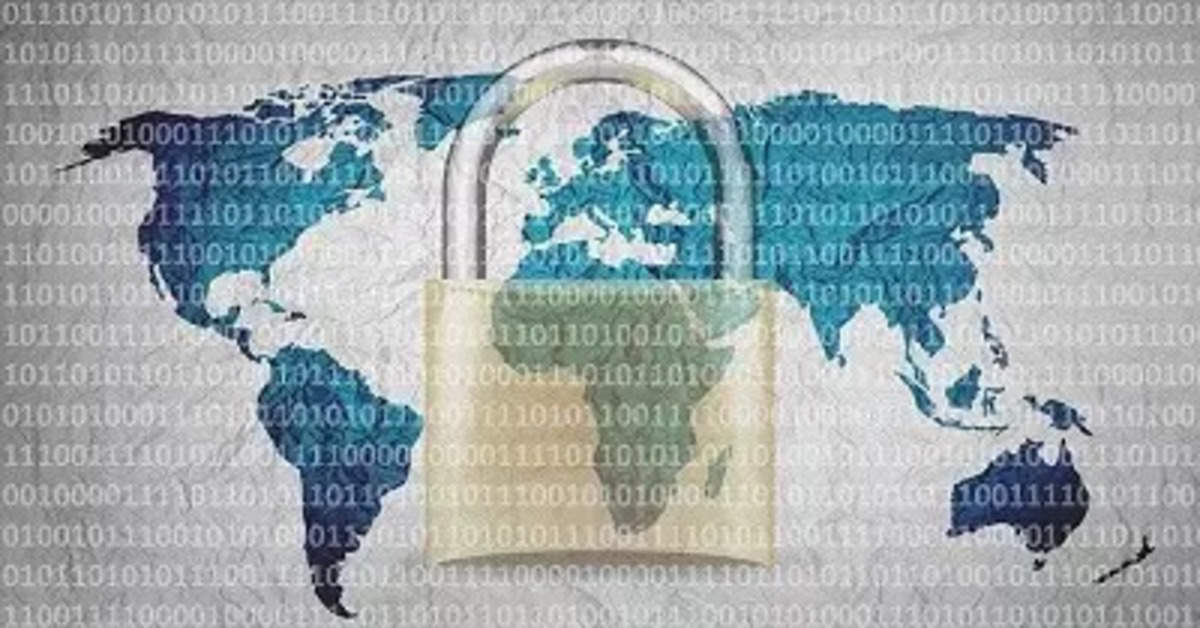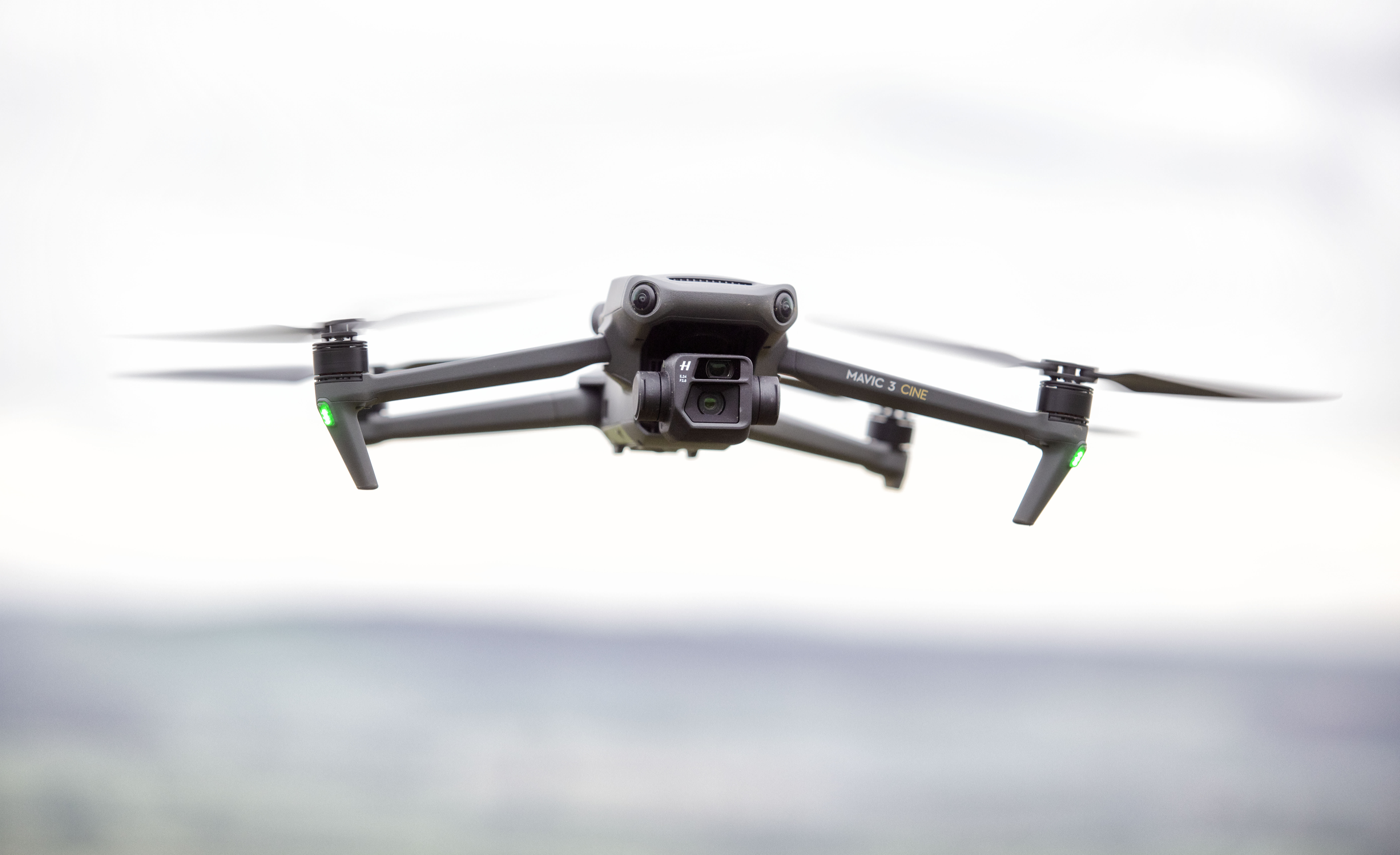National security challenges in the decade ahead
Indian Army after recovery of a huge cache of drugs on the Line of control in Kashmir
 Manoj Naravane
Manoj Naravane
If you do not read your scriptures, you will lose your culture; but if you do not pick up your weapons, you will lose your Nation.
When one thinks of National Security, the first thought that comes to mind is the Armed Forces which conjures up images of tanks, military equipment, and soldiers in their ceremonial uniforms. However, National Security is not military security alone i.e., safeguarding the territorial integrity and sovereignty of the nation, but has many other dimensions, including, energy security, food and water security, cyber-security, and even health security. National security also extends to transnational crimes by state and non-state actors e.g., drug-running, that affects the very fabric of our Nation.
It is necessary, therefore, to adopt a Whole-of-Nation Approach to the issue of National Security, which is the primary duty of the Government. In this, the Diplomacy-Information-Military-Economic (DIME) concept leveraging all instruments of national power to ensure comprehensive National Security, is essential. Moreover, all four facets have to be complementary to each other in pursuance of a commonly defined aim. For example, on the one hand, it has been stated in many fora that relations with China cannot be normalised unless the border imbroglio is resolved. On the other hand, trade with China continues apace, and volumes have only increased post the 2020 stand-off in Eastern Ladakh. This sends mixed signals to the country, the global community, but most importantly to China, for whom resolution of the border issue becomes inconsequential, as long as trade is flourishing.
“It is necessary, therefore, to adopt a Whole-of-Nation Approach to the issue of National Security, which is the primary duty of the Government.”
There is no getting away from the fact that India has un-settled borders, in the West with Pakistan and to the North and East with the Tibet region of China, which will always be at the forefront of our national security calculus. Pakistan has a GDP of barely US $0.34 trillion, which is about…



